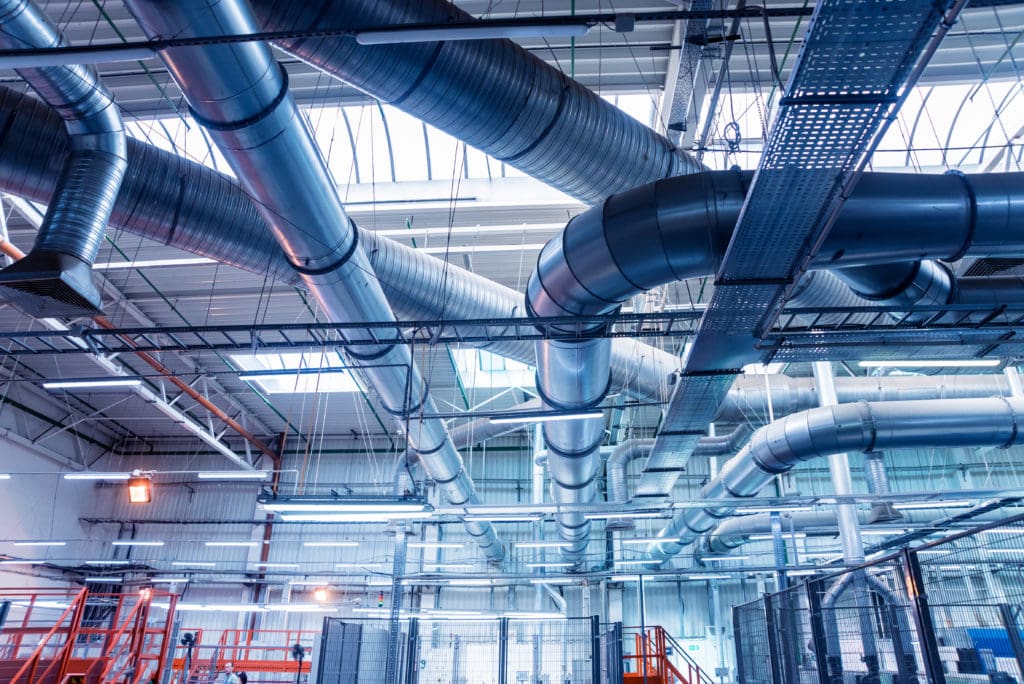The Importance of Using Pressure Gauges with Pressure Transmitters
Maintaining a focus on safety is paramount in critical process applications, where the well-being of operators and customers is of utmost importance.
By utilizing high-quality pressure measuring instruments, you can mitigate potential disasters and ensure a safe working environment. While analog pressure gauges have long been a trusted method for pressure measurement, the availability of advanced digital options with enhanced features may raise questions about the need for traditional gauges.
However, the ideal solution lies in combining the best of both worlds. During my interactions with customers, I often discover instances where improper instrument usage leads to a compromise in primary containment.
This article delves into the significance of integrating pressure gauges with digital pressure transmitters, emphasizing their critical role in safeguarding your process and maintaining optimal safety standards.
Why Would I Use a Process Pressure Transmitter?
Pressure transmitters offer numerous advantages, including their digital communication capabilities, data transfer to control rooms, and the ability to promptly notify operators of any potential issues.
These innovative instruments come equipped with advanced features like backlit LCD screens, in-place system calibration, and programmable switch outputs, enhancing their functionality. While pressure transmitters provide valuable information, the inclusion of a pressure gauge remains crucial for ensuring the safety of on-site operators.
Local readings obtained from pressure gauges serve as a vital reference point for immediate awareness and response. However, it is essential to address the concern of potential pressure leak paths that may arise from installing additional gauges alongside transmitters.
Despite this challenge, pressure gauges continue to play a vital role in providing real-time, localized pressure readings, offering a practical and reliable solution for maintaining operator safety.
Their integration with pressure transmitters allows for a comprehensive monitoring approach, combining the advantages of digital communication and local measurement, ensuring a robust and secure pressure measurement system
Why Would I Use a Pressure Gauge?
Pressure gauges have stood the test of time as reliable instruments dating back to the 19th century. Being analog devices, they operate without the need for wires or electricity.
This inherent advantage ensures that even in the event of a power loss, pressure gauges continue to provide local measurements, contributing to a safe working environment for operators. With a gauge, you always have a dependable point of reference that remains functional independent of a power source.
In addition to their resilience, pressure gauges offer cost-effectiveness and easy installation or repair processes. They are reasonably priced instruments that don’t significantly impact the time or expenses associated with your operations.
Furthermore, pressure gauges often boast enhanced readability due to their larger scales, allowing for easier and more accurate readings. Technicians can quickly assess the efficiency of the process based on the position of the needle, facilitating easy interpretation of field data. This improved readability minimizes errors and ensures the process is running smoothly.
Pressure Gauge Maintenance
Maintaining a safe working environment for your operators requires proper functioning of your equipment, and pressure gauges should not be overlooked when it comes to regular maintenance.
In corrosive applications, gauges without diaphragm seals can be prone to corrosion or leaks. Simply removing the gauge is not the solution; instead, it’s important to select the appropriate accessories that are compatible with your specific application requirements.
Training plays a vital role in ensuring that operators, engineers, and instrument designers understand the significance of pressure gauges, why they should continue to be utilized, and how to effectively maintain them over time.
By prioritizing the care and maintenance of your pressure instruments, including regular recalibration of pressure gauges, you can maximize their performance and ensure accurate readings for optimal operational efficiency.
We don’t like to pressure you, but we have more information 🙂
Now that you have a better understanding of the importance of both pressure gauges and pressure transmitters in your process, it’s time to explore the solutions that best suit your needs and ensure the safety of your operators.
To delve deeper into the topic of pressure gauges, we invite you to explore additional articles we have written on the subject.
These articles provide valuable insights and information to further enhance your knowledge:
1) What is a smart transmitter?
2) Pressure Sensor Specifications
Thanks for reading!! Happy Learning!!
I hope you like above blog. There is no cost associated in sharing the article in your social media. Thanks for reading!! Happy Learning!!

